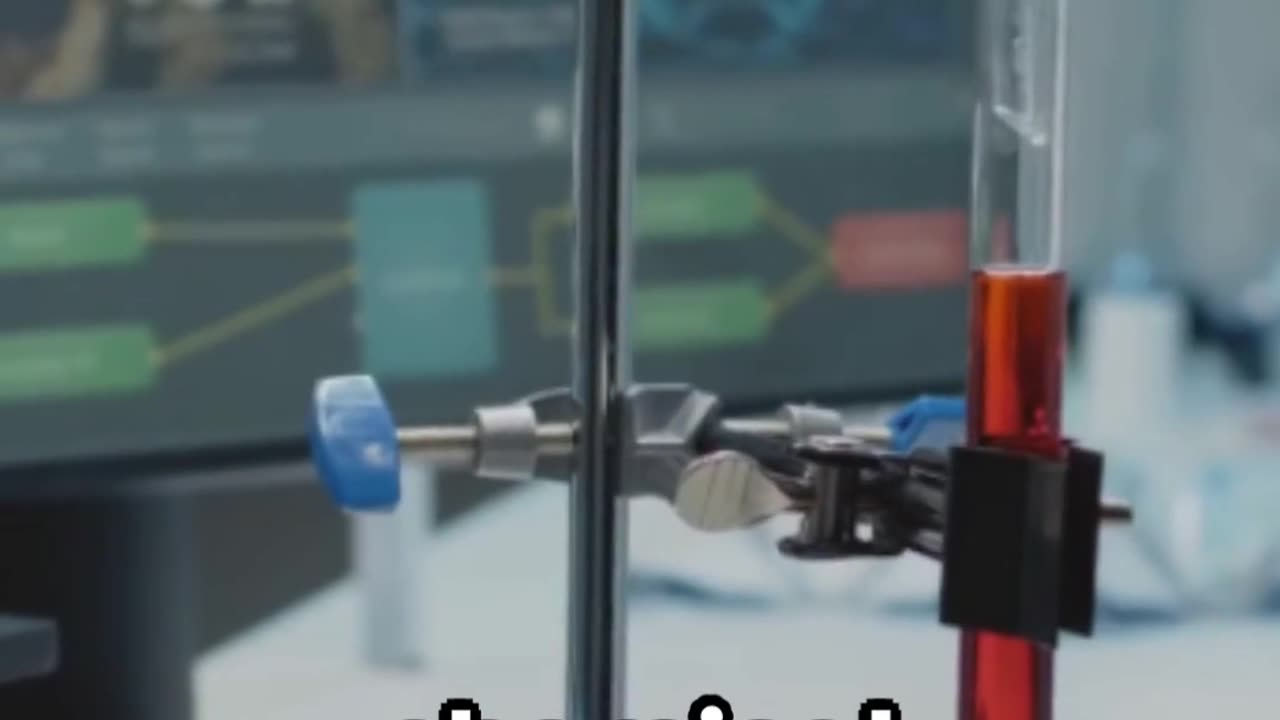Premium Only Content

Principles of HPLC
Enable chat history
Default (GPT-3.5)
User
HPLC troubleshooting
ChatGPT
HPLC troubleshooting can be complex, but here are some common issues and potential solutions:
Pressure Problems:
If you're experiencing high pressure, check for clogs in the column or the inlet frit.
Low pressure might be due to a loose connection or a leak. Inspect and tighten fittings.
Baseline Noise:
Air bubbles in the detector flow cell can cause noise. Purge the system to remove bubbles.
Contaminated or degraded mobile phase solvents can also lead to noise. Replace or filter the solvents.
Peak Shape Issues:
Poor peak shape may be caused by a dirty or overloaded column. Try cleaning or replacing it.
Mobile phase pH or composition may not be suitable for your analyte. Adjust accordingly.
Retention Time Drift:
Column temperature fluctuations can affect retention times. Stabilize the temperature.
Inconsistent flow rate can also lead to retention time variability. Check the pump and ensure a steady flow.
No Peaks or Low Sensitivity:
Insufficient sample injection or a weak detector signal can cause this. Optimize injection volume and detector settings.
The column may be saturated or overloaded. Use a lower sample concentration.
Gradient Issues:
Gradient irregularities can occur due to pump problems or mixing issues. Calibrate or service the pump.
Ensure that the gradient delay volume is properly compensated in your method.
System Contamination:
Contaminants in your sample or mobile phase can affect results. Filter the sample and use high-quality solvents.
Detector Problems:
Detector drift or lack of sensitivity may require maintenance or recalibration. Contact the manufacturer for support.
Remember to consult your HPLC instrument manual and seek assistance from technical support or experienced colleagues if troubleshooting becomes challenging.
User
Hplc principle
ChatGPT
High-Performance Liquid Chromatography (HPLC) is a widely used analytical technique for separating, identifying, and quantifying components in a mixture. Its principles are based on liquid chromatography, a technique that uses a liquid mobile phase to carry a sample through a stationary phase, which separates the components based on their interactions with the stationary phase. Here are the key principles of HPLC:
Sample Injection: A small volume of the sample is injected into the HPLC system, typically via an auto-injector, to introduce it into the mobile phase.
Mobile Phase: HPLC uses a liquid mobile phase (solvent or solvent mixture) to carry the sample through the system. The choice of mobile phase and its composition is critical and depends on the specific separation requirements.
Stationary Phase: Inside the HPLC column, there's a stationary phase. This can be a packed column containing solid particles with various properties (e.g., size, charge, or hydrophobicity) that interact differently with sample components.
Separation Mechanism: The separation of components occurs as they interact with the stationary phase and the mobile phase. The relative affinity of each component for these phases determines their retention times, which is the time taken for each compound to elute from the column.
Detector: As the separated components elute from the column, they pass through a detector. The detector measures the concentration of each compound, usually by monitoring absorption or fluorescence properties. Common detectors include UV-Vis, fluorescence, and refractive index detectors.
Data Analysis: The data collected by the detector is processed and analyzed using specialized software to generate chromatograms that display the elution profile of each component. This allows for identification and quantification of the analytes in the sample.
Retention Time: Each compound has a characteristic retention time, which is the time it takes to elute from the column. Retention time is a key parameter for identification.
Chromatographic Parameters: HPLC can be adjusted by varying parameters like flow rate, column temperature, mobile phase composition, and column type to optimize separation.
Overall, HPLC relies on the differential interactions between sample components and the stationary/mobile phases to separate and quantify them. It's a versatile and powerful analytical technique used in various fields, including pharmaceuticals, environmental analysis, food chemistry, and more.
-
 1:11:34
1:11:34
Flyover Conservatives
14 hours agoSilver Shortage ALERT: London Vaults Running Dry in 4 Months- Dr. Kirk Elliott; 3 Tips to Transform Your Business - Clay Clark | FOC Show
49.5K5 -
 1:10:18
1:10:18
Glenn Greenwald
9 hours agoIsrael Pays Influencers $7,000 Per Post in Desperate Propaganda Push: With Journalist Nick Cleveland-Stout; How to "Drink Your Way Sober" With Author Katie Herzog | SYSTEM UPDATE #525
125K134 -
 38:54
38:54
Donald Trump Jr.
13 hours agoDems' Meme Meltdown, Plus why California Fire Victims should be more Outraged than Ever | TRIGGERED Ep.279
135K109 -
 2:15:18
2:15:18
megimu32
6 hours agoOn The Subject: Meg’s Birthday Bash! 🎂🎶
30.5K16 -
 23:47
23:47
Jasmin Laine
10 hours agoALL HELL BREAKS LOOSE—Eby MELTS DOWN While Poilievre CORNERS Carney
23.6K23 -
 LIVE
LIVE
SpartakusLIVE
8 hours agoNEW Black Ops 7 BETA || WZ too! And PUBG later?
111 watching -
 1:00:02
1:00:02
BonginoReport
10 hours agoTerror Strikes Manchester Again - Nightly Scroll w/ Hayley Caronia (Ep.147)
92.5K62 -
 9:36:57
9:36:57
Reidboyy
14 hours ago $0.82 earnedBIRTHDAY BETA STREAM!!!
26.3K -
 2:05:44
2:05:44
Redacted News
11 hours agoHIGH ALERT! US AND ISRAEL SPEEDING TOWARD WAR WITH IRAN, INFLUENCERS BEING PAID $7,000 PER POST
165K65 -
 1:46:54
1:46:54
Mally_Mouse
4 days ago🎮 Throwback Thursday! Let's Play: Kingdom Hearts 1 pt. 1
15.1K3
